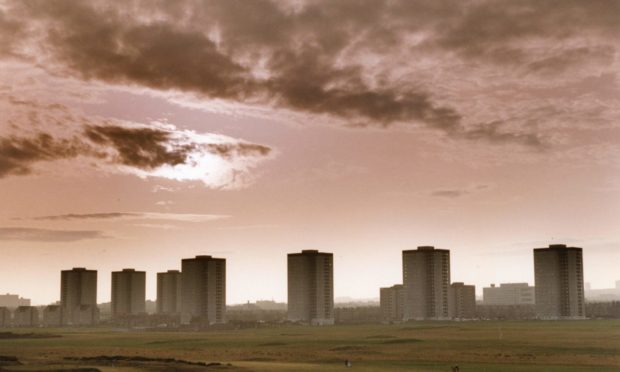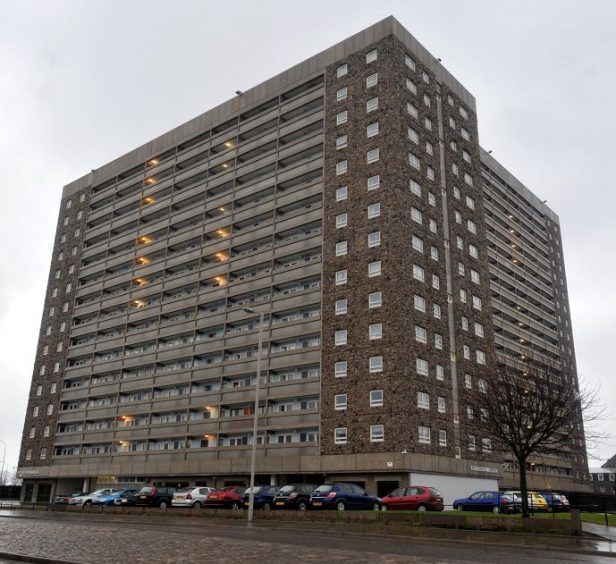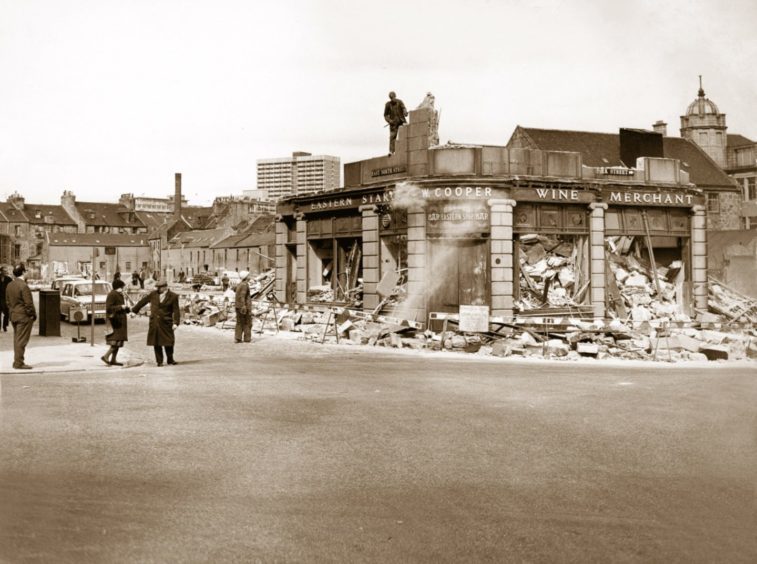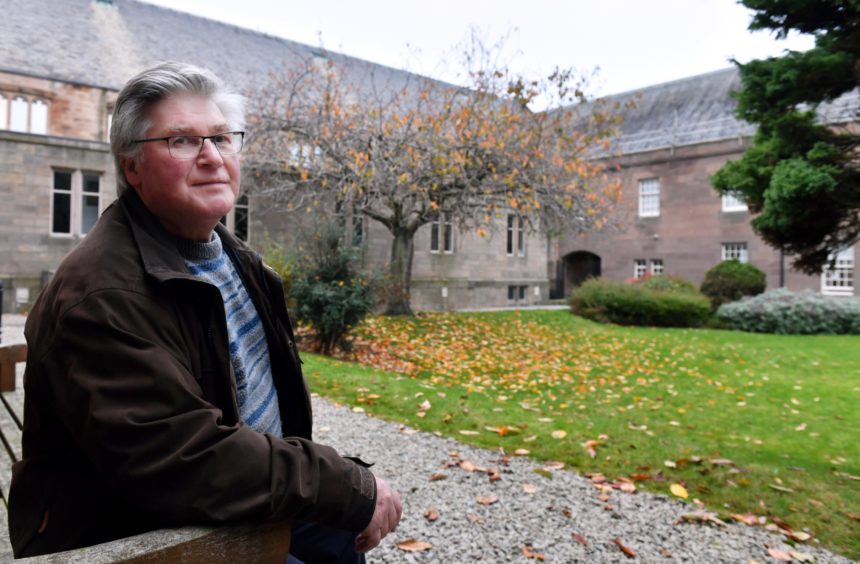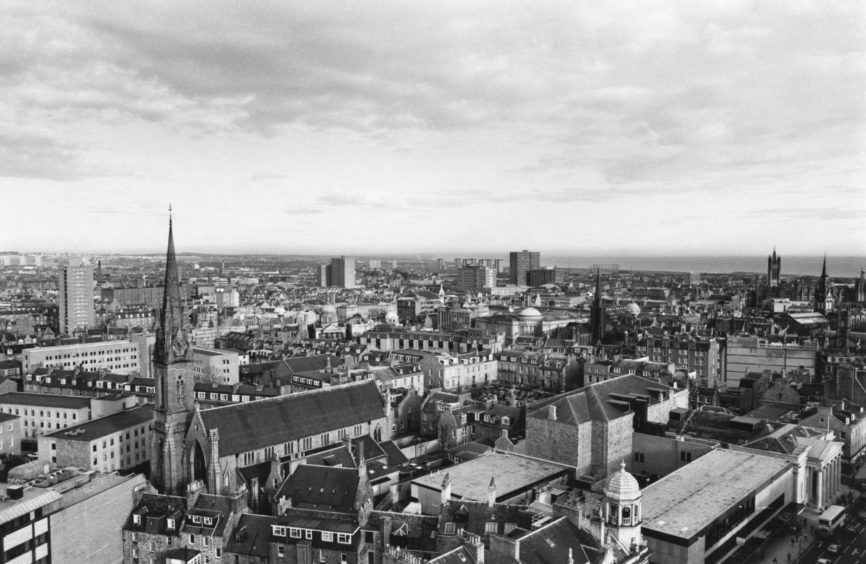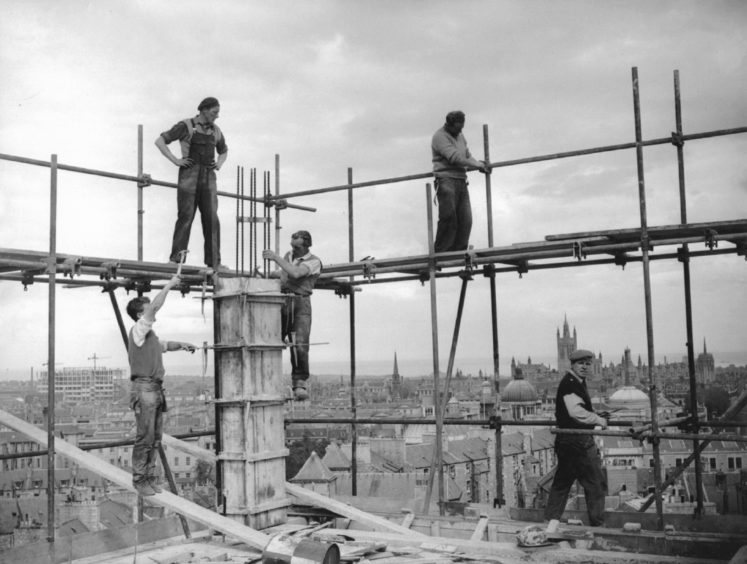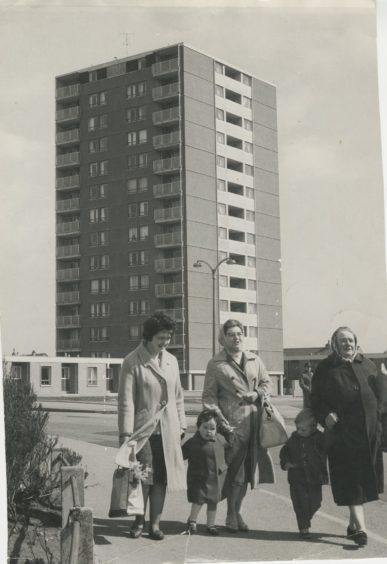It was a piece of news which had some people querying whether April Fool’s Day had arrived a few months early.
Yet the decision by Historic Environment Scotland to award eight high-rise blocks of flats in Aberdeen the same protected status as some of the the city’s architectural gems, including Marischal College and the Music Hall has been blasted by many people.
Indeed, the announcement has actually attracted cross-party derision: something which happens about as regularly in the Granite City as an Olympic torch parade.
And historian and former councillor, John Corall, went so far as to suggest the move would cause harm to residents already struggling because of the Covid-19 pandemic.
Historic Environment Scotland (HES) has given category-A listing to the blocks, which were constructed across the city after the Second World War, due to what has been described as their “outstanding architectural and historic interest”.
The buildings at Gilcomstoun Land, Porthill Court, Seamount Court, Virginia Court, Marischal Court, Thistle Court, Hutcheon Court and Greig Court have all been afforded the extra protections by the quango, sparking consternation in many quarters.
Their intervention follows the so-called Banana Flats in Leith – which featured in Irvine Welsh’s controversial novel Trainspotting – being awarded A-list status in 2019.
Post-war Britain saw a tower block “building boom”.
Many British cities suffered devastation and destruction on a significant scale during the Second World War, sparking an urgent need for new housing.
Inner city populations were growing rapidly and the shortage of good quality housing combined with inner city vacant and derelict sites left by the bombs created an opportunity for modernisers to promote a new urban vision.
Many architects and planners favoured a modernist approach and the ‘streets in the sky’ were devised. At the time, there was a widespread belief that high-rise flats would provide an escape from the slum dwellings which were found in many major cities
However, the concept of council high-rise flats was criticised in later years for creating poor quality badly-built housing and high-density estates and many of these developments had become difficult to let and depressing to live in by the 1970s.
HES defends decision to give flats listed status
The category-A listing indicates that the buildings, examples of the ‘brutalist’ architecture which sprung up across Scotland in the late 1940s and 1950s, should be regarded as being of “outstanding importance” to the country.
The heritage organisation described the multi-storeys as “some of the finest examples of social housing in Scotland” and claimed they would be used to help tell future generations the story of how the country emerged from the Second World War.
But both residents and Aberdeen City Council are worried that the decision will add additional cost and limit their ability to improve the properties.
They were an escape from slum dwellings 70 years ago
Mr Corall, who formerly served the SNP on the local authority, was even more scathing about the action implemented by what he described as “Hysterical Scotland”.
He said: “These buildings were built in a different time with lower standards and people were recovering from a world war and in many cases inadequate slum housing.
“We had very little in those days.
“I can remember getting two tins of fruit courtesy of the Australian Government on Coronation Day (in June 1953).
“I was seven and I had never seen or tasted peach halves or tinned pears. My mother had four ounces of mince (a present day burger) to bulk out with homegrown vegetables to make a meal for four.
“Houses were single glazed and my first flat in Walker Road had a shared lavatory on the stairs and a black cast iron sink with only cold water inside the flat.
‘The buildings were built to far inferior standards than today’
“Bearing in mind the hardships that people had suffered, the prospect of demolishing extensive slum areas and moving into self-contained roomy flats was eagerly awaited.
“Gone, however, also went the closeness and the social interaction that living in these old street buildings offered.
“We can understand their loneliness now that we are experiencing Covid distancing.
“Strangely, the population density of the demolished buildings and streets was almost exactly the same as the multi-storeys and their surrounding areas.
“The buildings were constructed to the standards of the day. That was much inferior to today’s standards when single glazing was the norm, where insulation was almost unheard of and heating was minimal.
“We used to find that the multis in Seaton were very hard to let because they were cold and draughty, but now they are clad with insulation, windows are double glazed and the inefficient and expensive mandatory electric heating was replaced with district heated radiators and unlimited hot water.”
‘Listing is a retrograde step for these flats’
Mr Corall dismissed the notion that the high-rises represented living slabs of history, even though they served their purpose after the war.
He added: “Instantly, all occupants were taken out of fuel poverty.
“Now these same areas are very sought after and the thing that hits you now when you enter them is the welcoming warmth.
“District heating, double glazing and insulation is the key.
“I remember the problems that Rosemount Square tenants had to get even plastic windows to replace the rotten single-glazed steel ones.
“They still can’t get proper double-glazed units.
“Historic Scotland does not help the poor and their listing of the multis in Aberdeen will deny many people the opportunity to escape from fuel poverty with an expanded district heating ring.
“Listing is a retrograde step and I believe it should not happen.”
‘The flats are a key part of our 20th century heritage’
However, the head of designations at HES, Elizabeth McCrone, responded: “Listing doesn’t mean that a structure has to stay the same forever or remain in its original use.
“Rather, it means that there is a special interest that should be taken into account in the planning process.
“Exceptional architecture has always been built in Scotland and the Aberdeen flats should be celebrated as a key part of our 20th century heritage, which help us understand the ambitions and aspirations of the city at that time.”
The proposal to list the buildings came from Miles Glendinning, a professor of modern architecture, at Edinburgh College of Art.
He said: “I’m a great admiter of the Granite City and these buildings fit into its fabric, both in material – by using granite in their construction – and in how they’ve been built.
“These buildings stand out because, architecturally and socially, they are a continuation of the civic-mindedness and pride of previous generations of great Aberdonians.
City council co-leader Douglas Lumsden said it was “disappointing” that local protest during the consultation, including responses from the local authority which owns a number of properties within the towers, had been ignored.
He said: “It is really disappointing and not good news. As a council, we will now have to look at what this means for the housing accounts, financially.
“I would imagine that repairs may cost more in the future and it may have an effect on people who own homes within the blocks privately.”
Mr Lumsden has confirmed that the authority will appeal against the decision.
But what do you think about this issue?
